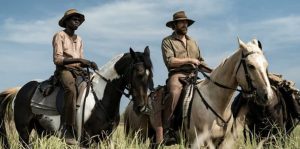
Stephen Maxwell Johnson’s High Ground avoids taking a conventional approach to narrative structure. At first glance, it’s a straightforward western adventure, albeit one that takes place in Australia. Within the first few minutes, it becomes clear that there’s much more on Johnson’s mind. The director examines his country’s tumultuous past – specifically, the white man’s merciless eradication of Aboriginal tribes. He contemplates the meaning of law and justice, ponders things like rightful ownership, and condemns prejudice. Though the film avoids narrative tropes (for the most part), at its heart, it’s still a story about the bond between a white man and a young boy of color.
The events take place in Arnhem Land, an astoundingly beautiful part of North Australia, in the early 20th Century. Gutjuk, a young Aboriginal boy, lives deep in the jungle with his family. After his village is massacred by white men, the local white savior, Travis (Simon Baker), brings the boy back home to his caring white savior wife, Claire (Caren Pistorius), to raise the boy.
Twelve years later, rumors spread of a violent Aboriginal tribe, led by Baywara (Sean Mununggurr), wreaking havoc on white people, pillaging and burning villages. “A week ago, they crossed a line. They killed a white woman,” local officer Moran (Jack Thompson) tells Travis before assigning him the task of tracking down Baywara. Assisting him is Tommy, aka the grown-up Gutjuk (Jacob Junior Nayinggul), who happens to be Baywara’s nephew.
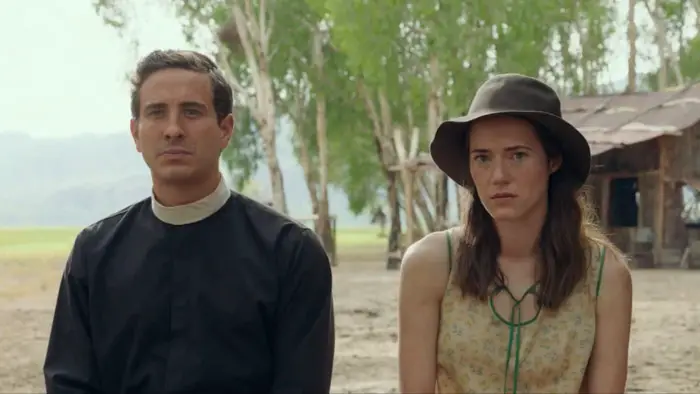
“…Travis [is assigned]…the task of tracking down Baywara.”
Here’s where one would typically expect the rest of the narrative to be an extended travelogue, filled with peril and male bonding. While Johnson does flirt with cliché in scenes like Travis teaching Gutjuk how to shoot, or in his depiction of the initially morally ambiguous but soon straight-up evil Eddy (Callan Mulvey), for the most part, you won’t see what’s coming next. Whether it’s a tense stand-off between Travis, Eddy, and raggedy assassin Walter (Aaron Pedersen), or a gripping negotiation between the Aboriginal tribe and Moran and his men, Johnson displays real originality and confidence as a filmmaker.
What’s most crucial is that he successfully assumes the Aborigines’ perspective, displaying how it’s their land, their law, and white men, under the pretense of bonding or upholding the law, intrude and take away and demolish. “I think if he had a chance,” Gutjuk says of his uncle, emphasizing the movie’s key theme and its current relevance, “he’d be a different kind of man.” High Ground is uncompromising in its depictions of the atrocious violence we’re capable of, bringing to mind Jennifer Kent’s recent The Nightingale.
When the film isn’t deafening you with the sounds of bullets and screams, it revels in silence, in birdsong, in the buzzing of flies, in the tranquil sounds of nature. These sequences are captured beautifully by cinematographer Andrew Commis, Arnhem Land’s emerald ponds and breathtaking vistas forming a stark contrast to the bloodshed and fire and chaos. The ensemble cast shines.
Despite its palpable reverence of Aboriginal culture, High Ground doesn’t entirely escape the white savior curse. That said, it is a splendid depiction of a little-known period of time, in a little-known place, that manages to represent the global injustices that are happening now.
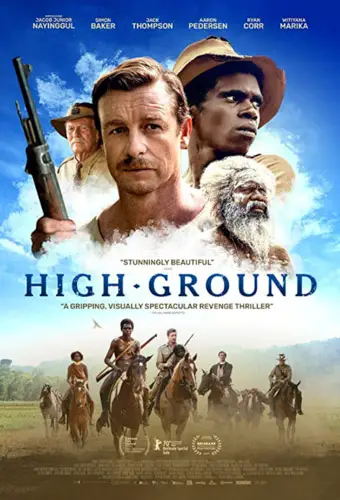
"…uncompromising in its depictions of the atrocious violence we're capable of..."
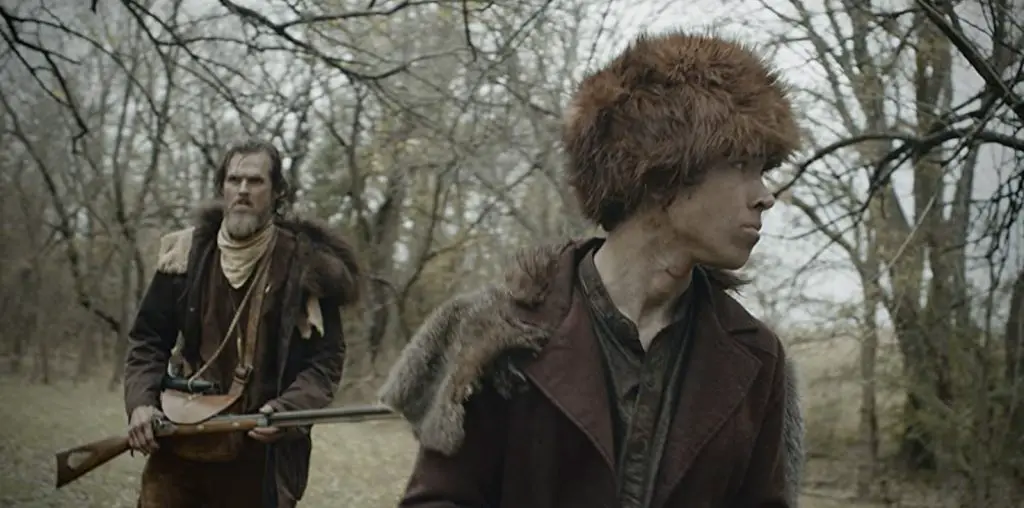
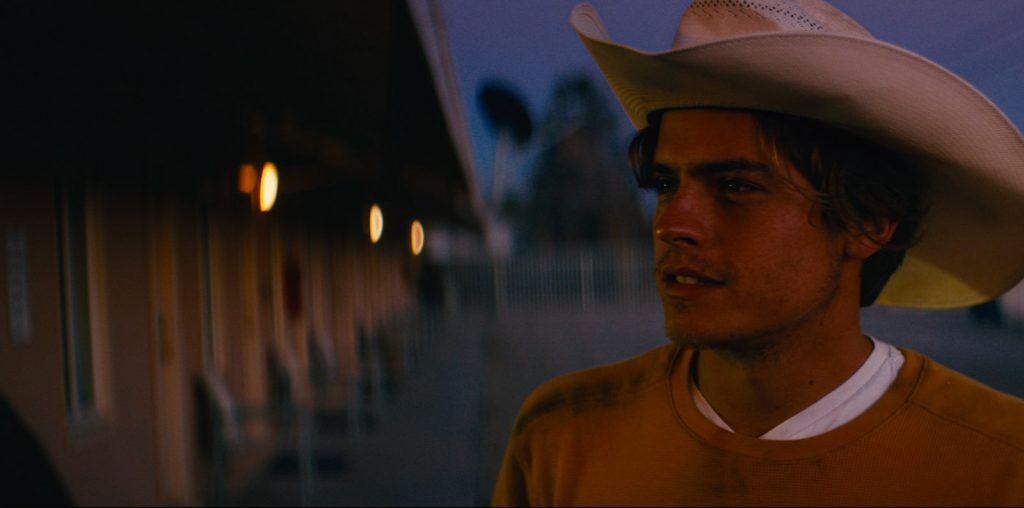
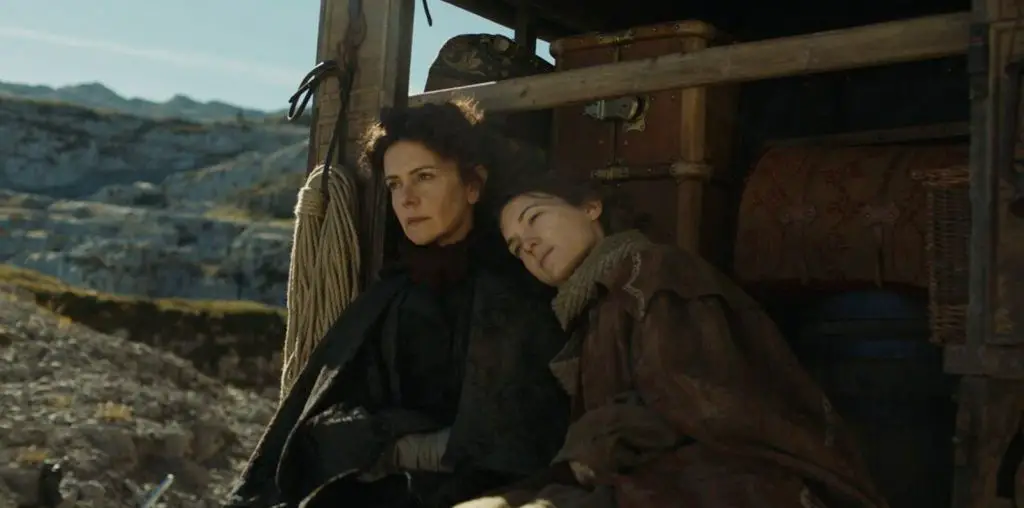
[…] Source link […]